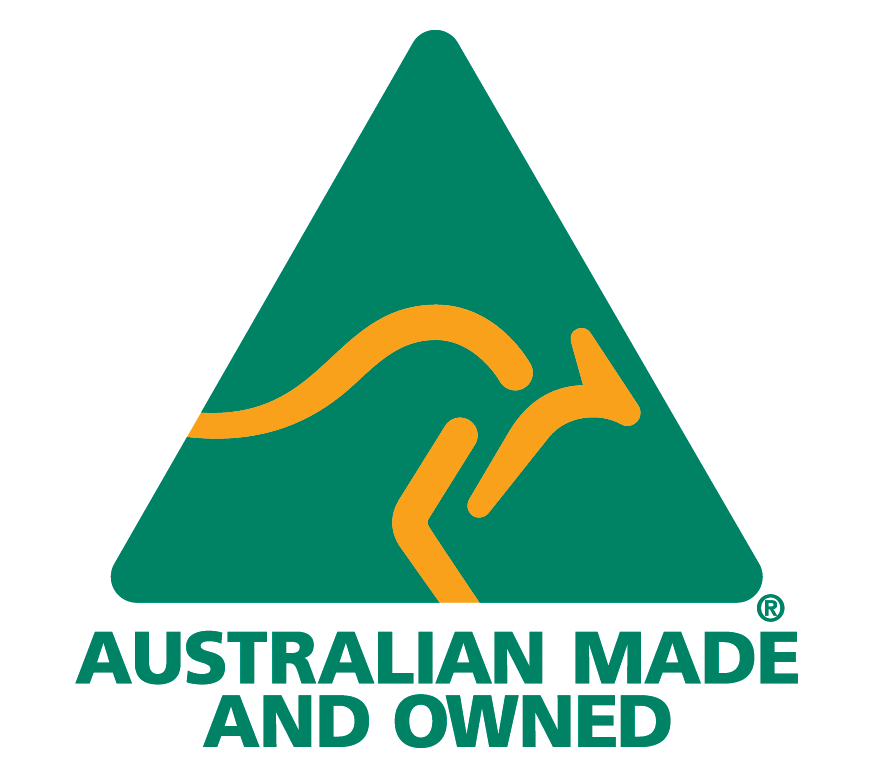Case study
Rising energy costs threaten animal care at veterinary hospital
Veterinary hospital, QLD
KEY METRICS
$9,600
Annual energy savings
33t
Annual CO² reduction
Sunshine Coast animal hospital faces tough decision to cut services due to increasing energy costs.
They use Energyflex energy insights to find a solution.
Rapidly increasing energy prices are threatening a Sunshine Coast-based veterinary hospital’s ability to provide quality out-of-hours care to sick and injured animals.
The facility operates around the clock, with a significant higher energy demand during the day. The high operational costs, compounded by substantial demand charges due to daytime energy consumption, presented a financial challenge.
The hospital had considered a solar installation proposal, which promised to cover 80% of its energy needs, but concerns about the investment’s payback period and the effective utilisation of on-site generation were holding them back.
‘The veterinary hospital faced the dilemma of rising operational costs against a relatively stable customer base.’
High costs for
high-quality care
Committed to providing continuous, high-quality care for animals in need, the veterinary hospital faced the dilemma of rising operational costs against a relatively stable customer base.
With an upcoming increase in energy prices at the end of its current supply agreement, the hospital needed a strategy to reduce expenses without compromising services.
To address these challenges, an EnergyFlex assessment was conducted to analyse the hospital’s power usage in order to assess the hospital’s energy asset value.
The insights gained allowed the solar system proposal to be reframes based on the hospital’s actual energy use. The revised solar system proposal was specifically tailored to reduce daytime grid consumption and demand charges.
Their new solar solution was:
20% smaller
than the original proposal, significantly lowering capital expenditure by 15%.
Energy optimised
for self-consumption of generated energy and to minimise excess energy export.
$9,600 savings
estimated in annual energy bills while avoiding 33 tonnes of carbon from being emitted.
20% reduction
in expected payback period and increased the estimated 20-year ROI by 16%.
Deeper insights with Mapping
Additionally, EnergyFlex recommended a comprehensive Energy Value Stream Mapping exercise for the hospital. This would assess the real need for standby operation of critical equipment like MRI and diagnostic machines and explore potential energy storage within existing systems like oxygen, compressed air, and suction machines.
This analysis will lay the groundwork for tailored energy load shaping and efficiency program, enhancing the hospital’s EnergyFlex Rating.
Inspired by this business’ success? Join EnergyFlex today.




